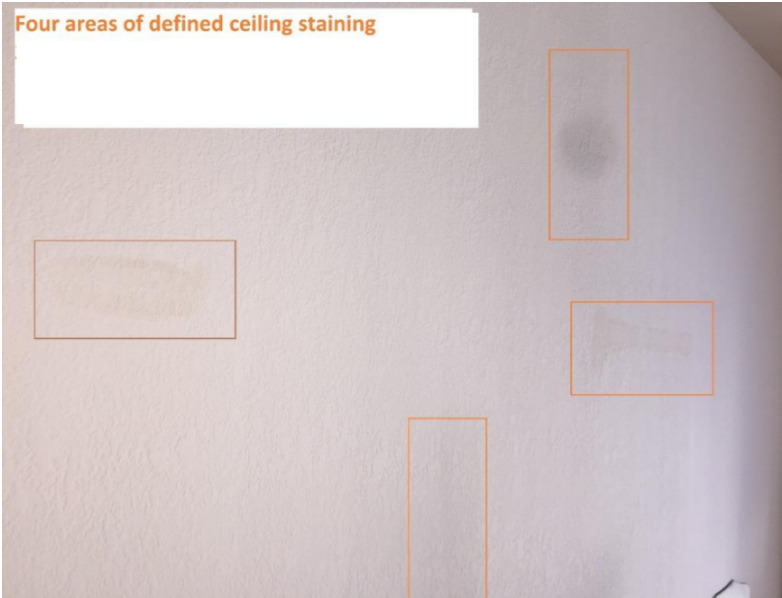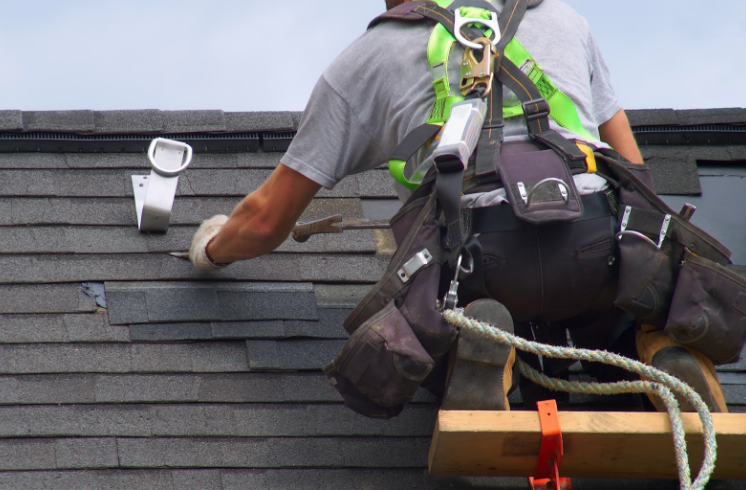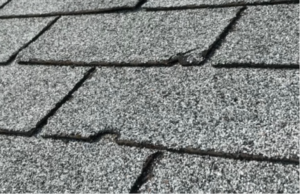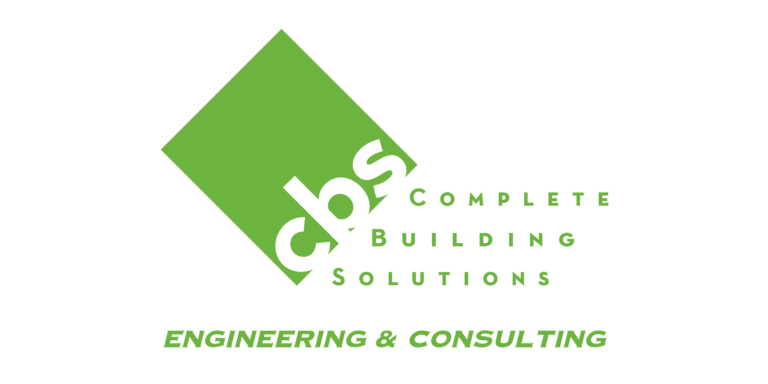Have you recently moved into a new construction home only to discover an ongoing slew of problems?
Things like settlement, drafts, uneven floors, sticky doors and windows, leaks, and premature shingle deterioration can all be signs that something is WRONG.
These types of problems can be very scary to a homeowner or association because of the complicated process and financial implications that accompany lawsuits such as these.
Trust us…we know.
If you are looking for a better understanding of exactly what construction defect is, how to know if you have it, and a general overview of the remediation process, read on!
What is construction defect:
A construction defect is a building deficiency that results from faulty design, materials, or workmanship.
This building deficiency, overtime, can lead to failures in a structure which can cause damages to a building or people occupying it.
Construction defects vary in severity from aesthetic issues to structural weaknesses which pose detrimental safety concerns to all persons occupying the structure.
Types of Construction Defect:
There are many types of construction defects. First, we must decipher between patent and latent defects.
Patent defects can be defined as more obvious or aesthetic issues. They are easy for professionals to spot when inspecting their work and are typically non-invasive in nature (meaning they can be viewed without removing building components). Therefore, these types of defects are easier and cheaper to fix.
An example of a patent defect could be if a contractor were to forget to install an AC unit. The solution is simple, install it.
Latent defects, on the other hand, can be hidden and require a professional’s keen eye or invasive investigation to discover. These types of defects can be found behind drywall in framing members or underneath siding in underlayments. If these defects are suspected, investigations and remediation can be a much more complicated process.
We can go one step further and break down types of construction defect into 3 main categories.
Design: Design defects occur when a design professional, such as an architect, designer, or engineer, create flawed designs which are recorded on construction documents. If these incorrect documents are implemented by a builder, the finished work may not meet code requirements or basic standard of care.
Materials: Defects that result from flawed or faulty building materials are called material defects. An example may be defective shingles showing signs of curling, cupping, degranulation or splitting.
Workmanship: Workmanship defects are probably the most common type of construction defect. They occur when a contractor fails to conform to applicable building code requirements, plans, specifications, and product manufacturer’s installation guidelines. These defects could be simple such as a leaky pipe or serious in nature such as framing anomalies posing structural integrity threats.
Common examples of construction defect:
Because the most common construction defect cases have to do with improper installation (failure to comply with manufacturer specifications) of various building products, we have compiled a list of these common construction defects below:
Roofs:
-Improper shingle installation
-Incorrect flashing construction
-Improper underlayment installation
-Attic by-pass defect
-Insulation deficiencies
-Improper ventilation
Siding:
-Improper siding install
-Improper underlayment installation
-Incorrect flashing construction
-Improper caulking detail
Building Envelope:
-Improper window install
-Incorrect flashing construction
-Incorrect house wrap install
Framing:
-Incorrect framing construction
-Incorrect stairway construction
Foundation:
-Improper foundation install
–Failure to install correct soils
Concrete and driveways:
-Poor subgrade
-Failure to compact soils
-Failure to install proper water management systems
Remember, construction defects could also be the result of a faulty building design or building material. We will discuss this in further detail later on.
Symptoms of construction defect:
Unless you are a building professional, the above list may seem irrelevant to you. Because of this, we have compiled a list of common symptoms which may indicate a construction defect in your home.
- Stained/cracking/deteriorating siding
- Leaks (attic/ceilings/walls)
- Reduced effectiveness of attic insulation from water damage
- Drafts
- Mold
- Ice dams
- Ventilation problems
- Shingle curling/cracking/granular loss
- Degradation (rotting) of framing members or other building components
- Frost heaving
- Foundation cracking/shifting/bowing
- Water infiltrating the basement
- Driveway/sidewalk/concrete heaving/garage apron issues
- Uneven floors
- Sticky doors and windows
- Sagging beams
- Severe settlement
- Deck collapse or rotting deck
If you have noticed some of the above symptoms, you may have a construction defect case on your hands especially with a new construction build.
The best thing to do is to contact a structural engineer to perform a preliminary non-invasive investigation. The engineer can generate a report of findings based on the visual inspection.
Then, reach out to a construction defect lawyer to discuss your options.
If you live in an older home, keep in mind, it is possible that certain modern building code requirements were non-existent when your home was built.
Or, codes may have been in place, but alterations and additions were made to the home over time without additional engineering performed. For example, something as simple as adding granite countertops to a home may require floor joist reinforcement.
*Whenever additional loads are added to a home, such as granite countertops, it is important to consult a structural engineer to ensure the existing structural system is capable of carrying the new load.
If you have an older home showing signs of settlement and you are concerned, the best thing to do is to call a structural engineer.
How to know if you have a construction defect:

If you are living in a new construction home and are experiencing some of the symptoms listed above, you may have construction defects. The magnitude of the situation will depend on if the defects are latent or patent.
One way to determine this is to hire a structural engineer to perform a non-invasive preliminary investigation. The structural engineer will inspect the building symptoms you have noticed and provide you with feedback on their observations.
If it appears that construction defects do exist, the engineer may recommend a few things.
If they feel like they can visually witness any existing issues and the resulting damages, they may suggest that you speak with your builder to see if they will make the effort to fix the problems. This would be the easiest and best case scenario.
Most structural engineers are willing to perform a follow-up inspection after corrective work is performed by a contractor in order to bring you peace of mind and provide you with documentation that the home is optimally performing.
However, if the structural engineer senses that deep rooted issues may exist requiring further investigation, they may recommend that you hire a construction defect lawyer to start building the case.
Once you have consulted with a lawyer and determined if your case is worth pursuing, it is likely that an invasive investigation will be implemented to collect data and information about underlying issues.
This is the best way to find out exactly what went wrong and how to fix it.
With the information, your legal and engineering team can guide you towards the best course of action whether that means working with your builder/designer/architect/or other party at fault to fix the issues or pursuing legal action.
What kind of Damages can be recovered?
The damages that can be recovered from a construction defect case vary depending upon the specific situation. With that being said, the goal would be to at least recover the repair costs and the decline in value of your home.
A good case scenario would also cover loss of property use during repairs, temporary housing costs, court fees, outside expert fees (engineers or other building professional experts), and attorney fees.
If you have a solid case, these damages will typically be recovered. Speak with a construction defect lawyer to get an opinion about the strength and potential outcomes of your case.
Who is financially responsible for construction defect damages?
Construction defect cases can be complicated because of how many parties are involved and how many variables need to be considered.
However, once the party at fault has been identified, it is usually their insurance company who is responsible.
Typically, the party at fault is determined by third-party experts hired by the client or plaintiff law firm with speciality knowledge in the construction field. It is very common for this expert to be a structural engineer or structural engineering consultant. They will investigate the site and generate a report of their findings and suggested remediations.
What is the timeline for filing a construction defect lawsuit?
A state’s Statute of Limitation sets a window of time in which you can file a legal claim regarding construction defects on a defendant.
Each state’s policy is different and each construction defect case is unique. Because of this, we recommend contacting a construction defect lawyer to A) determine if you are within the correct window to file a claim and B) If not, determine if the details of your specific case would allow the statute of limitation to be extended.
Here in Minnesota, each home built is covered by a statutory warranty. Within this warranty, the whole home is covered for 1 year, plumbing/HVAC/mechanical is covered for 2 years, and major construction defects detrimental to the home’s structural integrity are covered for 10 years.
However, this is just a general outline. There are varying rules and regulations depending on if the property is commercial, residential, or a multi-family unit. A construction defect lawyer could provide you with more details.
If I proceed with a lawsuit, should I make repairs to my home and can I recover those costs in the lawsuit?

Speak with your lawyer on this topic. It is likely they will suggest you take action to remedy any issues causing ongoing damages.
In order for the lawsuit to proceed smoothly, the property owner must show that they have taken responsible action to protect their property from further deterioration. These costs are usually rectifiable in the lawsuit.
If you have any additional questions about the construction defect process, please feel free to reach out to us at 763 544 3355.



